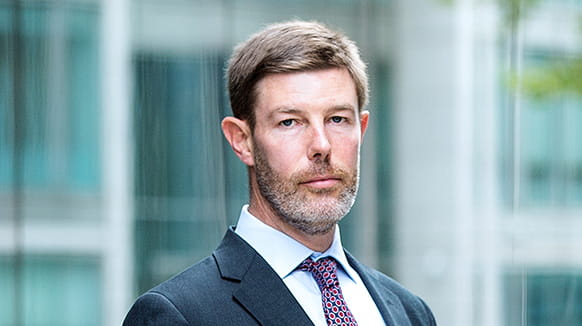Haynes Boone Partner Conrad Purcell and Associate Kayley Rousell authored an article for Clean Energy Pipeline discussing how development finance institutions and commercial bank project financing structures differ.
Read an excerpt below.
Project finance often involves the provision of finance to facilitate the development and construction of assets within the energy and infrastructure space that are complex and involve considerable amounts of capital investment. Given the scale and capital-intensive nature of such projects the need for lender financing is commonly crucial to their realisation.
Where project finance is used this is traditionally derived from commercial banks in OECD countries. It however is not always the case that debt from commercial banks can be readily obtained, particularly in jurisdictions with limitations on liquidity and depth in the local banking market or where there are considerable local political or market risks. Bridging this financing gap is often facilitated by multilateral or bilateral development banks and other institutions known as Development Finance Institutions (“DFIs”).
This article will focus on DFI lending in a project finance context, and the differences between the financing structures used by DFIs versus commercial banks on project finance transactions.
To read the full article from Clean Energy Pipeline, click here.

